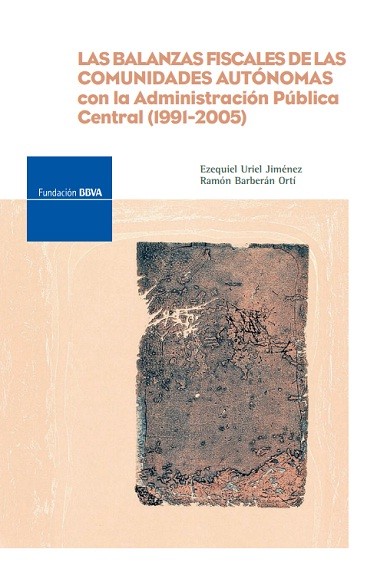
PublicationMonographs
Las balanzas fiscales de las comunidades autónomas con la Administración Pública Central (1991-2005)
Las balanzas fiscales de las comunidades autónomas con la Administración Pública Central (1991-2005) analyzes the financial relationships between Central Government and the autonomous communities over the last fifteen years, with reference to the redistributive impact of inter-regional tax flows intentando. Althougn Spain has a long tradition of literature dealing weith fiscal balances, all the research conducted to date has exhibited methodological and statistical specificities that impair the comparability of results.
This study, in contrast, rests on two basic principles: firstly, the allocation of all Central Government financial revenues and expenditure, without exception, as they are recorded in national accounts; and, secondly, the adoption of the contribution-benefit approach, such that revenues are assigned to the territory of residence of the person who bears the final payment burden, and expenditure to the territory of residence of those consuming the public services or receiving the benefits of government transfers.
The book is organised into six chapters. After an opening chapter describing ‘the state of the art’ in Spain’s fiscal system, the authors provide a general introduction to their methodology (the choice of a territorial allocation approach and its demarcation). The third and fourth chapters analyze allocable revenues and expenditures, and the criteria to guide their allocation, while the fifth rpesents the results of this exercise, along with the fiscal balances corresponding to each rgional territory. Finally, a sixth chapter recaps on the main methodological issues and findings obtained.
This publication provides new insights into the workings of the tax system in Spain’s decentralized state that are relevant not only for researchers and government planners, but also for citizens with an interest in where tax money is collected and spent. For ease and speed of consultation, the entire text is reproduced on the accompanying CD.
